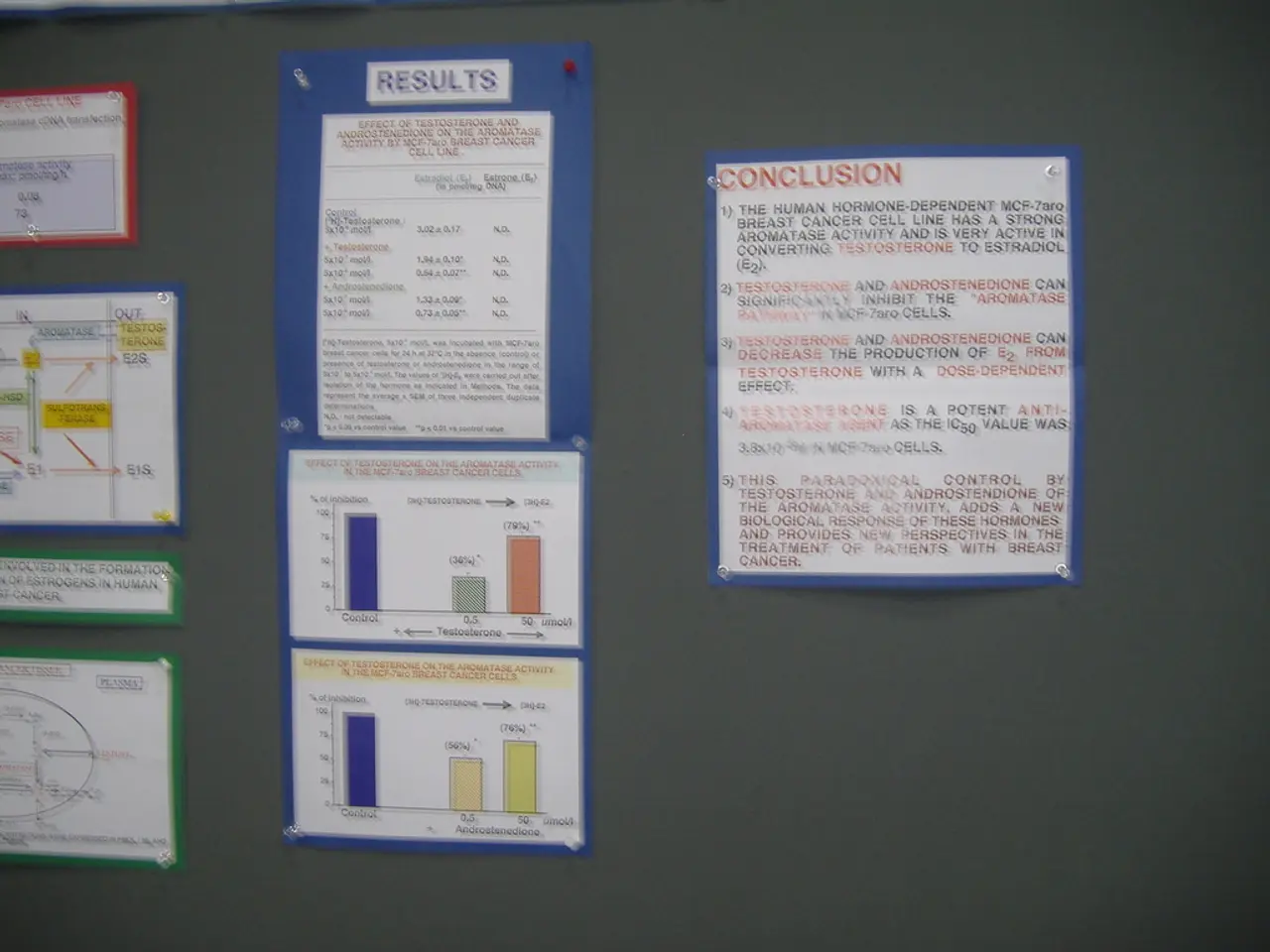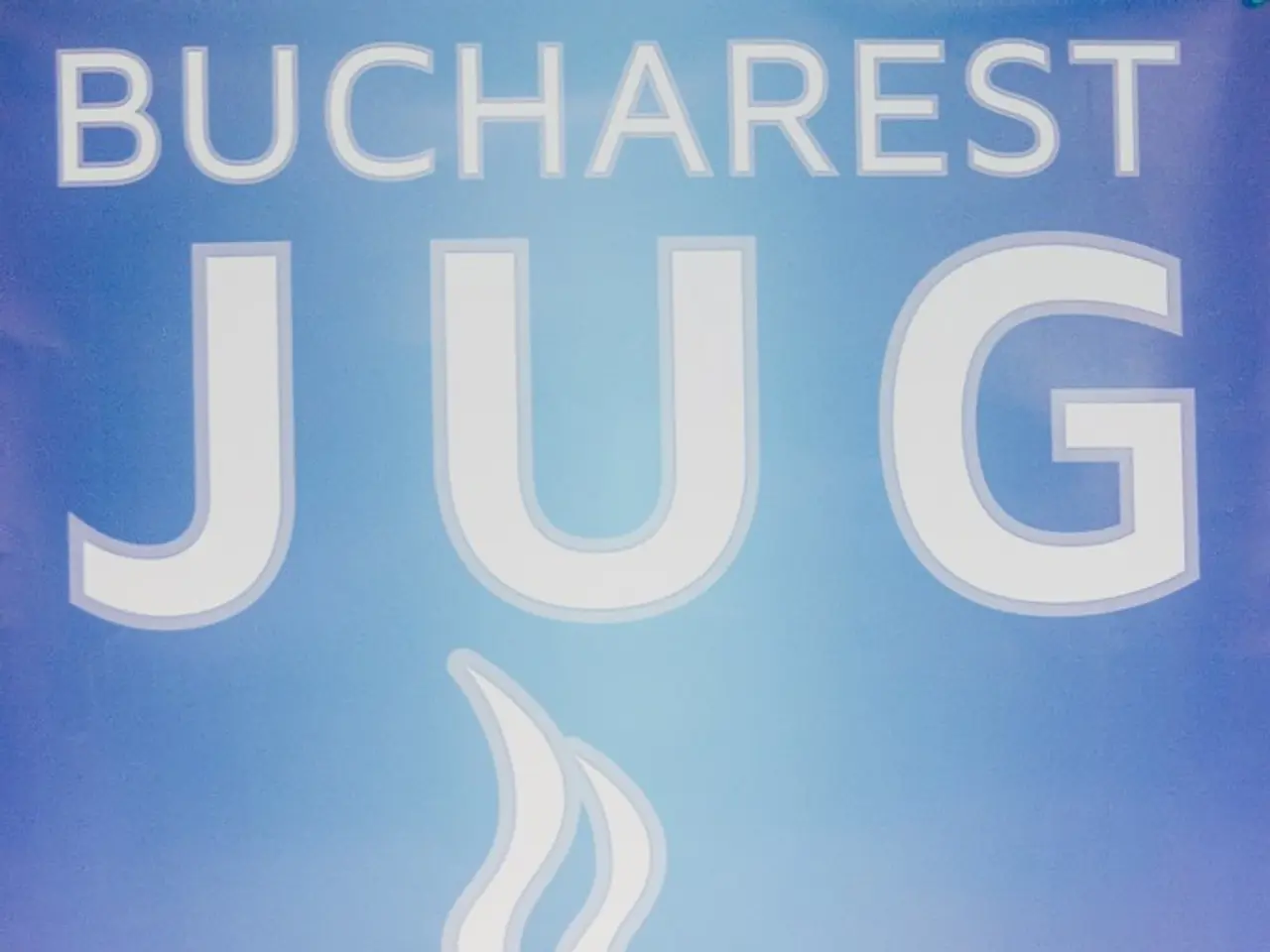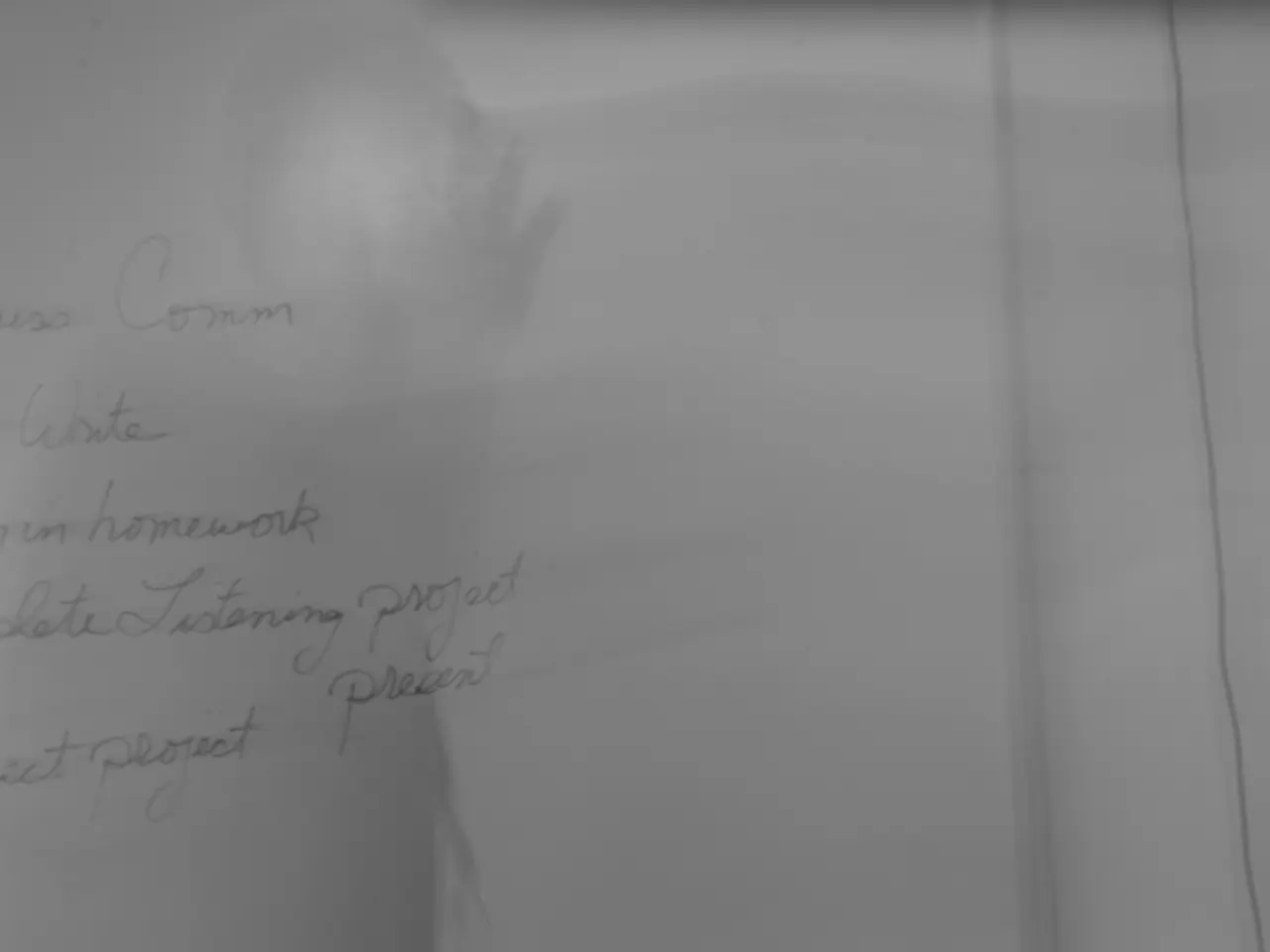Major clearing house, Eurex, introduces support for digital ledger technology (DLT) collateral using HQLAχ.
In a significant leap forward for the financial industry, major clearing houses such as CME Group, DTCC, and Intercontinental Exchange (ICE) are actively exploring digital collateral solutions, mirroring the approach taken by Eurex Clearing's HQLA platform.
Eurex Clearing, a leading derivatives clearing house, has already implemented Digital Ledger Technology (DLT)-based collateral for margin purposes in a production environment. This move has reduced the delay and increased the efficiency of the collateral transfer process, a notable improvement over the conventional environment where transferring securities as collateral involves a significant delay and cannot happen out of hours. As of June this year, the notional volume outstanding for Eurex was an impressive €43 trillion ($50.6 trillion).
CME Group, in collaboration with Google Cloud, is developing solutions for wholesale payments and asset tokenization. They have completed the first phase of integrating a distributed ledger platform developed by Google and plan to launch new services in 2026. CME is part of a broader industry move towards tokenized collateral solutions, which can potentially enhance collateral mobility and reduce settlement times.
DTCC recently demonstrated a digital collateral management program using blockchain technology. This platform aims to accelerate the movement of collateral, potentially allowing for 24/7 operations, a significant advantage over traditional systems. There are reports that DTCC is considering issuing a stablecoin, which could support its tokenized collateral initiatives by providing a reliable and stable digital asset for collateralization.
Intercontinental Exchange (ICE), the parent company of several derivatives exchanges, has announced a memorandum of understanding with Circle, a major stablecoin provider. They plan to explore the use of Circle's stablecoins to develop new products within ICE's derivatives exchanges and other markets. Like others, ICE is investigating the potential of tokenized assets and DLT to improve collateral management and settlement processes.
The initiatives by CME, DTCC, and ICE, and Eurex's HQLA platform, all aim to enhance collateral mobility. Eurex's platform uses DLT to immobilize collateral with the original custodian, allowing for instant digital transfers. This allows a clearing member to instantly transfer the digital collateral to Clearstream Banking Luxembourg, which acts as the sub custodian for Eurex.
All these solutions focus on reducing settlement times and enabling operations outside traditional banking hours, which could significantly improve market efficiency. While Eurex's HQLA platform does not technically use tokenization, it achieves similar benefits by improving collateral mobility and reducing settlement times, much like the tokenized solutions being explored by other clearing houses.
Eurex received approval for its digital collateral solution from German regulator BaFin in January. Major industry players have integrated with the HQLA platform, including Clearstream, Euroclear, BNY, BNP Paribas, Citi, and JP Morgan. Clearstream Banking Luxembourg, a sister company of Eurex, acts as the sub custodian for the digital collateral.
The key innovation is collateral mobility enabled via the HQLA DLT platform. As the financial industry continues to evolve, it is clear that digital collateral solutions will play a significant role in enhancing efficiency and reducing delays in the transfer process.
- CME Group's plans for wholesale payments and asset tokenization, in collaboration with Google Cloud, could potentially augment collateral mobility and decrease settlement times within the finance industry.
- DTCC's digital collateral management program using blockchain technology could lead to 24/7 operations, a significant shift from traditional systems that have limited operational hours. The consideration of issuing a stablecoin by DTCC could further support its tokenized collateral initiatives.
- Intercontinental Exchange (ICE), like other major clearing houses, is investigating the use of tokenized assets and Digital Ledger Technology (DLT) to enhance collateral management and settlement processes, aiming to improve market efficiency beyond traditional banking hours.




